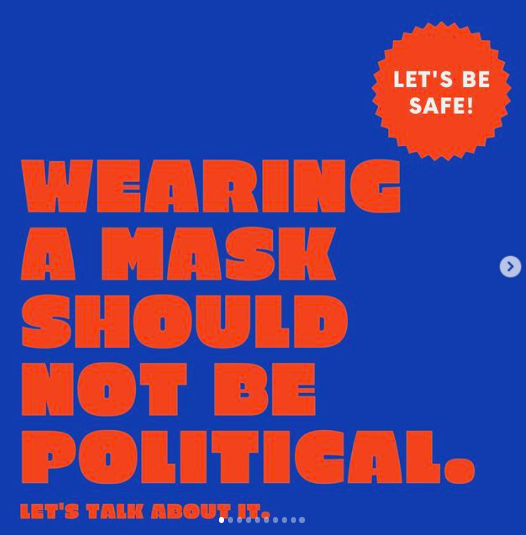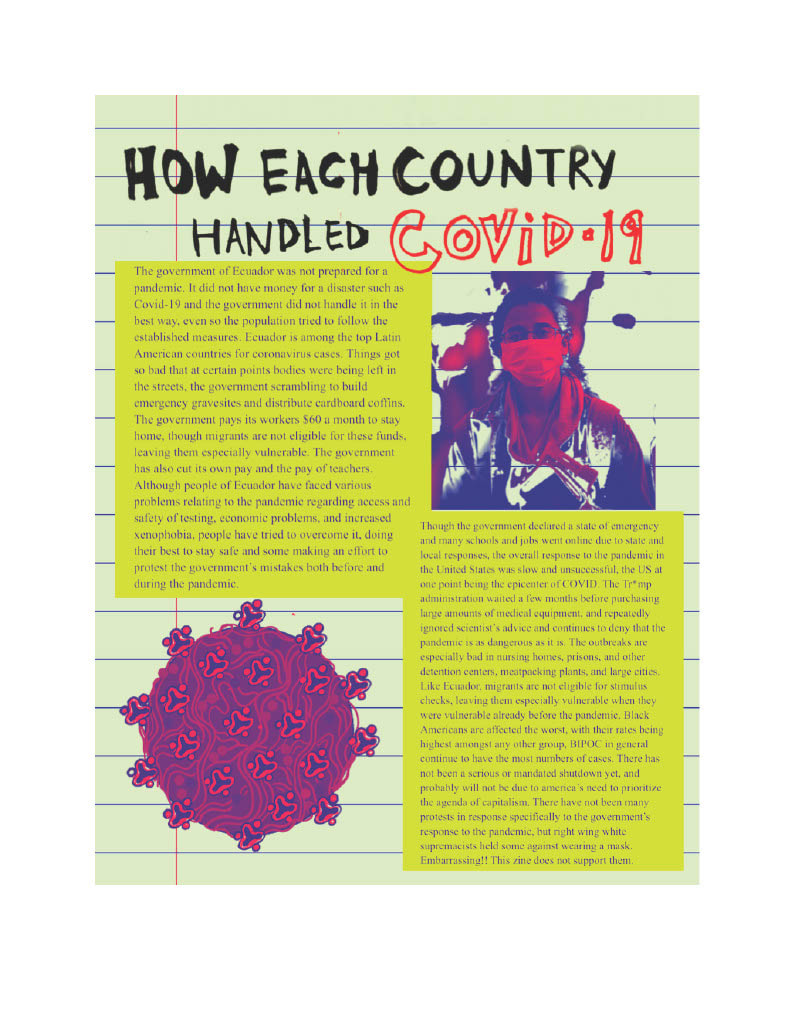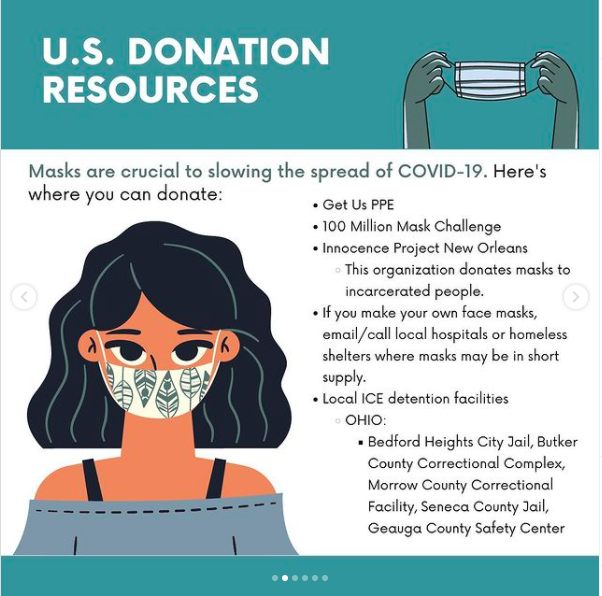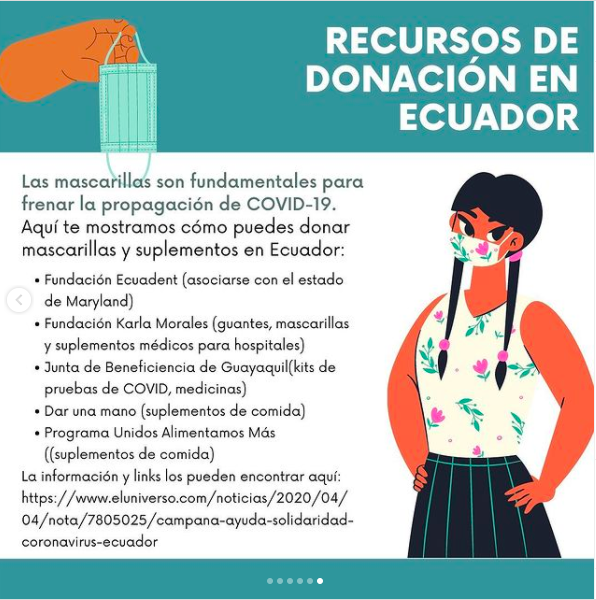Learning About COVID during COVID
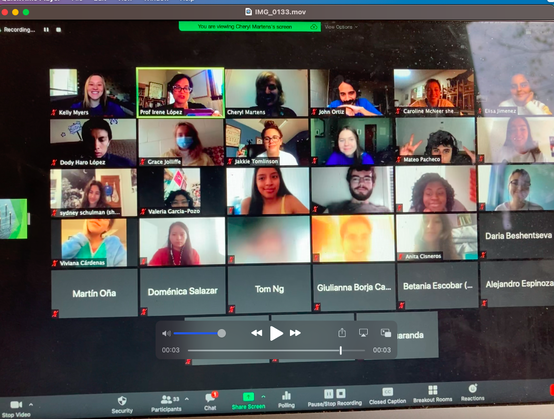
During the Fall of 2020, prior to the release of the first COVID vaccine, I virtually connected my Latino Psychology course, at Kenyon College, with an Introduction to Sociology course taught by Dr. Cheryl Martens at USFQ (Quito, Ecuador), courtesy of a grant by the GLAA. We wanted our students to understand the impact of COVID in each other's countries, and to help students understand how each country has handled the pandemic (e.g., the similarities and differences). Additionally, we wanted our students to have an opportunity to write a draft of a research proposal that would assess this experience across contexts. While the students did not actually carry out their proposals, the research they did on their respective topics helped them develop a small scale action project, such as the creation of a flyer or handout, that they shared with a social service agency. Every week, for the majority of the semester, our classes met virtually, and we used this time to discuss, in both English and Spanish, the latest news on the coronavirus.
What follows are examples of the types of projects that our students completed:
What follows are examples of the types of projects that our students completed:
Globally Connecting During the Time of COVID
During our Global Course Connection, students from the USA an Ecuador collaborated virtually to do a series of projects focused on COVID. Students were wildly creative -and projects ranged from creating zines, instagram posts, and even a series of youtube videos to bring awareness to issues concerning COVID. |
|
In this action project, students created a series of youtube videos that were intended to be shown to children who were unable to go to school during lock down. These bilingual videos were aimed at very young children who had limited access to resources.
|
Examples of Action Based Projects
|
Here is an example of a few instagram posts that were created for this project. At the time, the use of masks was a hotly contested issue and there was some ambiguity as to where to get masks. In these posts, students created informational bilingual pictograms that discussed where others can get access to masks.
|
